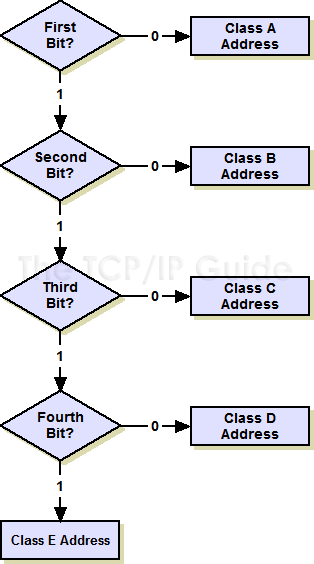 |
|
Please Whitelist This Site?
I know everyone hates ads. But please understand that I am providing premium content for free that takes hundreds of hours of time to research and write. I don't want to go to a pay-only model like some sites, but when more and more people block ads, I end up working for free. And I have a family to support, just like you. :)
If you like The TCP/IP Guide, please consider the download version. It's priced very economically and you can read all of it in a convenient format without ads.
If you want to use this site for free, I'd be grateful if you could add the site to the whitelist for Adblock. To do so, just open the Adblock menu and select "Disable on tcpipguide.com". Or go to the Tools menu and select "Adblock Plus Preferences...". Then click "Add Filter..." at the bottom, and add this string: "@@||tcpipguide.com^$document". Then just click OK.
Thanks for your understanding!
Sincerely, Charles Kozierok
Author and Publisher, The TCP/IP Guide
|
|
|

Custom Search
|
|
IP "Classful" Addressing Network and Host Identification and Address Ranges
(Page 1 of 3)
The “classful” IP addressing scheme divides the total IP address space into five classes, A through E. One of the benefits of the relatively simple “classful” scheme is that information about the classes is encoded directly into the IP address. This means we can determine in advance which address ranges belong to each class. It also means the opposite is possible: we can identify which class is associated with any address by examining just a few bits of the address.
This latter benefit was one of the main motivators for the initial creation of the “classful” system, as we saw in the previous topic.
When TCP/IP was first created computer technology was still in its infancy, compared to its current state. Routers needed to be able to quickly make decisions about how to move IP datagrams around. The IP address space was split into classes in a way that looking at only the first few bits of any IP address would tell the router where to “draw the line” between the network ID and host ID, and thus what to do with the datagram.
The number of bits the router needs to look at may be as few as one or as many as four, depending on what it finds when it starts looking. The algorithm used corresponds to the system used to divide the address space; it involves four very basic steps (see Figure 61):
|
- If the first bit is a “0”,
it's a class A address and we're done. (Half the address space has a
“0” for the first bit, so this is why class A takes up half
the address space.) If it's a “1”, continue to step two.
- If the second bit is a “0”,
it's a class B address and we're done. (Half of the remaining non-class-A
addresses, or one quarter of the total.) If it's a “1”, continue
to step three.
- If the third bit is a “0”,
it's a class C address and we're done. (Half again of what's left, or
one eighth of the total.) If it's a “1”, continue to step
four.
- If the fourth bit is a “0”, it's a class D address. (Half the remainder, or one sixteenth of the address space.) If it's a “1”, it's a class E address. (The other half, one sixteenth.)
And that's pretty much it.
|
| |||||||||||||||||||
Home - Table Of Contents - Contact Us
The TCP/IP Guide (http://www.TCPIPGuide.com)
Version 3.0 - Version Date: September 20, 2005
© Copyright 2001-2005 Charles M. Kozierok. All Rights Reserved.
Not responsible for any loss resulting from the use of this site.







